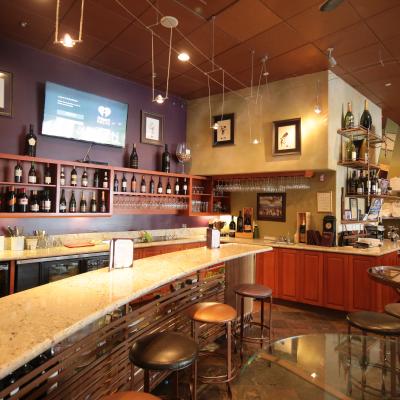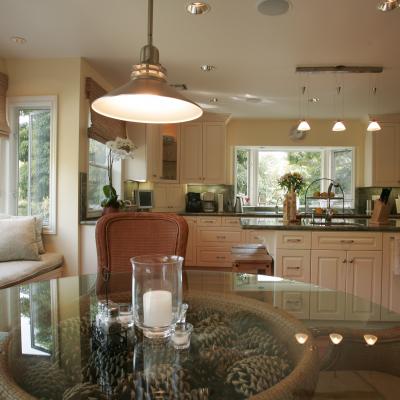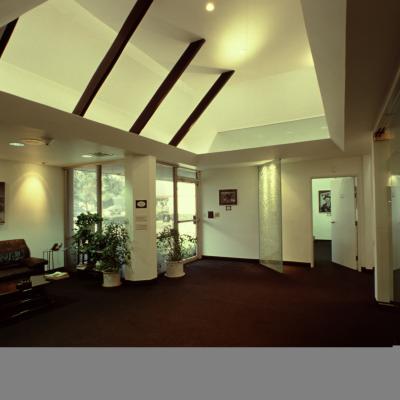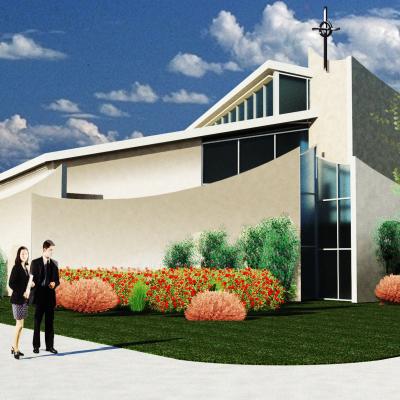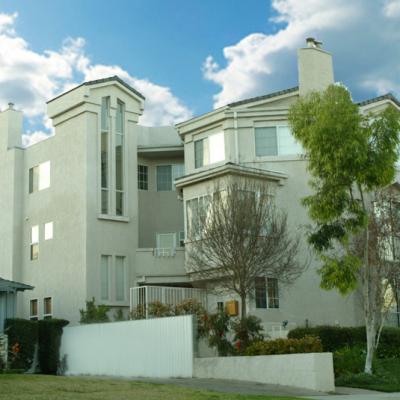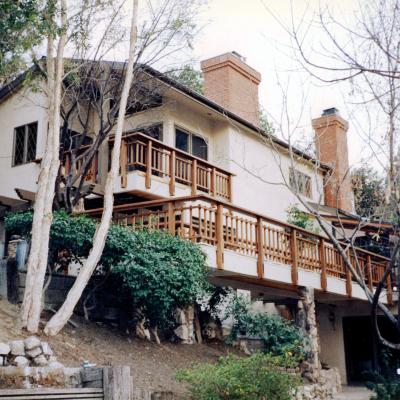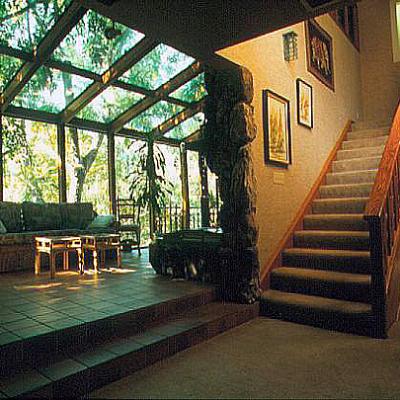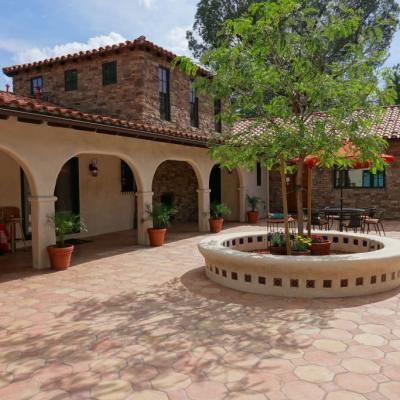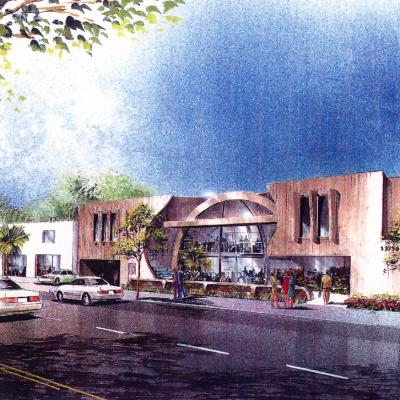When we talk to our clients about designing a home, office or community in a sustainable or green way, what exactly do we mean?
Sustainability can mean different things. For me it starts with how my actions affect the earth and its living creatures. It means taking personal responsibility for the continued life of our natural resources. Clean air, water and earth are not things to be taken for granted.
Green design involves using natural resources, energy and building materials responsibly. The integration of the building site-ing, orientation and building materials (both outside and inside) all have an impact. A holistic approach to the design with full integration of design ideas, building systems and the governing codes, needs to be implemented from the start of the project.
The extent of sustainable or green design needs to be tied down with the client prior to starting the design process. This involves understanding the financial implications from design, to construction, to maintenance, all the way through to life cycle costing.
There are no limits to the ability to integrate current and new ideas into a design. The architect or chosen team leader then can coordinate the entire design, construction and maintenance issues for the project.
Any missed item is a lost opportunity. Do your homework. Research the options. Become intuitive in the process to speed up the decision·making process. understand why each choice affects the outcome of the entire process and the completed building. Be tenacious with the governmental approval process. Let your client know of the risks inherent in some of the choices being made.
Being LEED-certified (Leadership in Energy and Environmental Design) through the U.S. Green Building Council will help you define all these issues. Once you have the team in place you can start getting specific on the many issues you incorporate in your design.
One way to address many of these issues is in the design of the roof. For example, if you collect the water that runs off the roof and store it for reuse, you save the costs and the effects of supplying your property with that much water. In addition, by slowing the runoff of this water from your site, you also save the costs and energy required to build and maintain dams and water reclamation plants. You also will be helping to fill the local aquifers.
Furthermore, by using low maintenance roofing materials with low embodied energy for their production, you save on natural resources, energy, and the removal and replacement costs of worn out roofing. Finally, by using a light color, reflective, heat rejecting light emissivity) roofing material, your building will require less energy to cool it, which reduces your requirements for mechanical cooling. This also helps to mitigate the heat build·up in urban areas, reducing the heat island effect of the community.
As you can see, designers and their clients can have a very significant impact on the planet, the community and the owner's wallet by making responsible choices. By being aware of our impacts with all our daily choices, we can ensure that our children and theirs will have the opportunities we and our ancestors have had.


